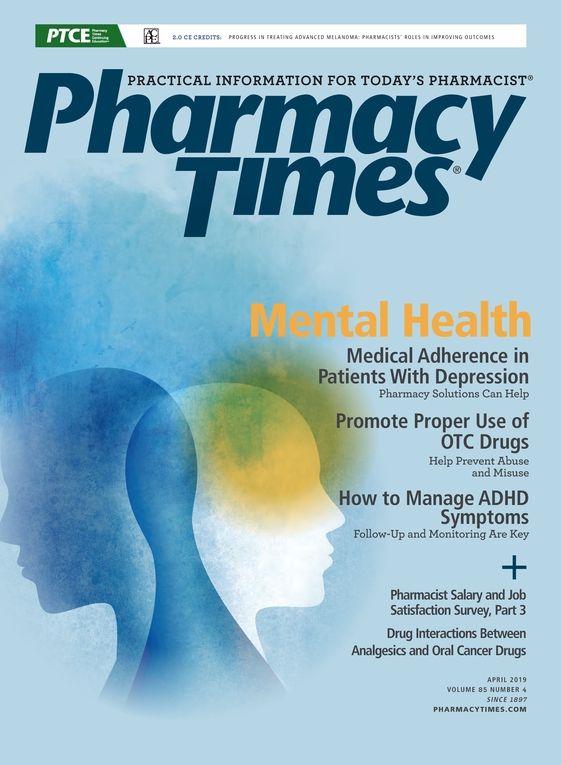Publication
Article
Pharmacy Times
Experts Discuss Diabetes Management
Author(s):
They cover considerations for planning and executing strategies for patients and coordinating MTM with local pharmacies.
In a Pharmacy Times® Peer Exchange series, a panel of experts comprising Tripp Logan, PharmD; Dhiren Patel, PharmD; Steven Peskin, MD, MBA; Troy Trygstad, PharmD, PhD, MBA; and Richard Wynn, MD, provided an overview of various factors that may inhibit adherence to or the efficacy of certain management plans for patients with diabetes, from the financial burden to mis- communication between patients and providers.
They also described how a community pharmacy can create a meaningful role in the quality of life for their local communities by giving valuable insight into family practices. Collaboration between community pharmacies and family practices can ultimately provide effective care for patients with diabetes.
“Treat the patients, not the numbers” was the theme of the discussion, and the experts described the importance of treating comorbid conditions that often create an imbalance between a patient’s quality of life and the prescriber’s perception of the effectiveness of the management plan or prescription.
The focus between patient and physician should shift from pathology to factors “in or around the pathology,” said Trygstad, who is editor-in-chief of Pharmacy Times®. These factors include poverty, which forces patients to either forgo basic necessities in order to afford their medications or vice versa.
Change in routine, a lack of Medicare Part D coverage, loss of a job, or mental illness also can negatively affect a patient’s ability to adhere to their medication. Holistic regimens, home visits, and wellness education allow pharmacists, as well as prescribers, to care for individuals “where they are at,” Patel said.
The goal is to have effective, ongoing communication between patient and prescriber, or patient and pharmacist, that covers cost, detailed instructions, and ongoing guidance. “What I always try to do is kind of optimize [the] regimen. I always ask the patient, ‘Where is it that you want to be?’” Patel said.
The focus should be on diet, medication intensification if the drug is effective, and optimization. Local practices may also reach out to a local pharmacist to provide a comprehensive medication review through recommendations. The experts ultimately agreed that community pharmacies can leverage their ability to contribute to their local community as part of the “medical neighborhood.”
By building relationships with patients through communication, listening, and respect, pharmacists can set attainable goals for patients, celebrate their progress, and create a sustainable quality of life.
To watch the Peer Exchange series, visit our Peer Exchange page on PharmacyTimes.com







